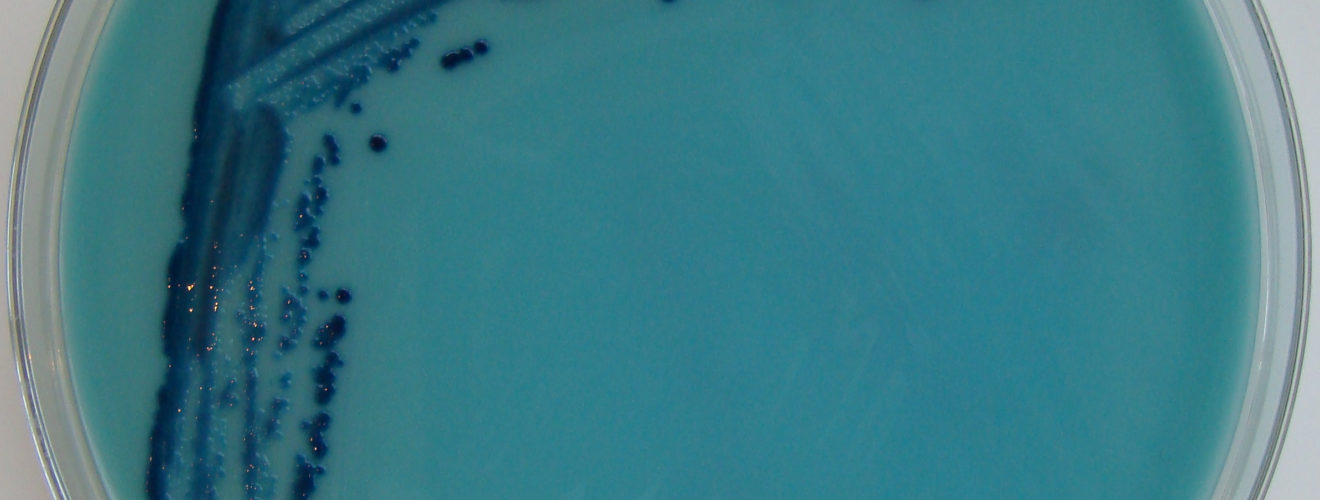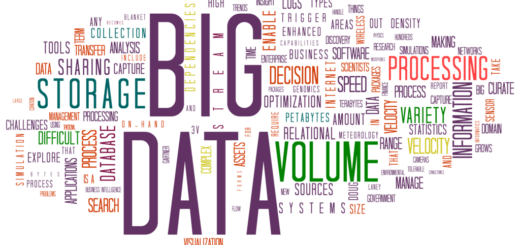The antibiotic resistance crisis: Why researchers are going back to the drawing board

There’s an old adage that says ‘it takes two generations to forget’. This is certainly true when it comes to infectious diseases and remembering a time before antibiotics. A diminishing number of people are alive today who experienced the penicillin therapeutic revolution of the 1940s and even fewer who witnessed the horrors of infectious disease treatment that came before.
The normalisation of successful infection control has led to it not only being taken for granted but expected. A sort of desensitisation to the wonderful therapeutic advancements that are antibiotics. Advancements that mean if you get a persistent chest infection, you don’t hunker down in a sanatorium by the sea with your last hope being to “take the sea air”. Instead, you can expect some antibiotics from your GP and should begin being relieved of your symptoms within 48 hours.
It is clear that antibiotics are one of the greatest success stories of medical science. This is reflected in their use at every level of the healthcare setting from prescriptions in primary care, to use prophylactically in routine operations and intravenous administration for medical emergencies such as meningitis.
However, this broad use isn’t without its problems and has meant antibiotics have become a victim of their success. Ever since the introduction of the first widely used antibiotic penicillin, we have been careless with their administration and have adopted a laissez-faire attitude towards antibiotic consumption, safe in the assumption that the next medical science phenomenon is around the corner to cushion our fall.
There are problems in paradise. Antibiotic resistance arises from ‘selection’ of resistant bacterial cells in a bacterial population. So, if you administer an antibiotic at a dose not high enough to kill the population as a whole, those bacterial cells with some resistance are selected for; survive and thrive without competition. The emergence of resistance was something Alexander Fleming predicted in his 1940 Nobel lecture, warning that “there is the danger that the ignorant man may easily underdose himself and by exposing his microbes to non-lethal quantities of the drug make them resistant”1.
These resistant strains can then pass on antibiotic survival information in the form of a plasmid, which allows other bacterial species to become resistant and persist. For example, in the case of Klebsiella pneumoniae, its population can accumulate these resistance plasmids and act as a reservoir of resistance; a sort of library for other bacteria to acquire instructions on how to survive clinically relevant antibiotics. In recent decades, this has led to the emergence of multidrug-resistant (MDR) strains, with some presenting resistance to almost all known antibiotics. In other words, if you catch one of these, there is little a doctor can do to treat you and alarmingly the incidence of these cases is increasing.
To make matters worse, pharmaceutical companies have woken up to the business plan screw up that is antibiotic resistance. The average cost of bringing a novel drug candidate through clinical trials to bedside is around $2.6 billion USD. Understandably, recouping this in drugs sales whilst the clinical environment is riddled with resistance would likely reduce profit margins on antibiotics that become ineffective quickly. As a result, pharmaceutical companies have diverted research and development efforts away from antimicrobial drug discovery.
This becomes a two-pronged problem in the clinic with no new classes of antimicrobials entering the market in the last 40 years and resistance to the current drugs continuing to gather pace. Therefore, there has been a narrowing of treatment options for some infections, the World Health Organization has described resistance as “one of the biggest threats to global health” and it has been predicted that antibiotic resistance will kill 10 million people a year by 2050 in a ‘post-antibiotic era’2.
With this sobering thought in mind, what is being done to prevent (or at least mitigate) an impending antibiotic resistance apocalypse? Researchers have gone back to the drawing board to investigate new strategies; alternatives to just creating more antibiotics that quickly become obsolete and to search for that light at the end of the tunnel.
One strategy comes in the form of antibiotic adjuvant therapies. Adjuvants are drugs that are administered alongside antibiotics to ‘block’ resistance pathways. If administered alone they are unable to kill bacteria, but with antibiotics, they act to enhance their effect. This means that if an antibiotic becomes ineffective due to a resistance mechanism, an adjuvant returns it to being able to kill bacteria.
Current adjuvant drug classes in use include β-lactamase inhibitors, efflux inhibitors and membrane permeabilisers. In short, these target the most common resistance mechanisms to clinically relevant antibiotics; enzymes produced to degrade antibiotics, proteins that pump the antibiotic back out of the bacteria and proteins involved in the entry of antibiotics into the cell3. The most successful, widely used class are β-lactamase inhibitors, like clavulanic acid which was introduced in the 1980s and is still used clinically today, in combination with amoxicillin as Co-amoxiclav. Due to selection of bacteria that produce other β-lactamase enzymes, a new class of β-lactamase inhibitors are currently being tested, with a drug called Relebactam having entered phase three trials in 20194.
Another recent strategy involves enhancing the innate immune system against infection. The innate immune system is your first line of defence against infection, comprising macrophages and neutrophils, which engulf and hydrolyse pathogens. A quick response here circumvents the need for full-blown immune system activation. Understanding what factors are involved with the interaction between host immune cells and pathogens during this process could allow drugs to be designed that aid in enhancing the effect of the immune system. Fighting an infection can be a tricky business particularly if you are immunocompromised, so tipping the scales in favour of host immune cells could help clear infections faster and crucially, all without the need for antibiotics. Although there are no drug candidates for this strategy yet, it remains an exciting topic of research that could provide effective therapies not affected by antibiotic resistance mechanisms5.
Is it all too little too late? As exemplified by Alexander Fleming’s Nobel Lecture in 1940, scientists have been warning of resistance emergence since the conception of antibiotics. These warnings fell on deaf ears from policymakers for many decades, so until recently there hasn’t been a concerted effort from the government to tackle antibiotic resistance. It has become clear that scientists communicating research and public health concerns with potential voters directly is most effective.
The public is becoming increasingly informed on antibiotic stewardship with it being taught in schools and covered in the general media. Like anything in the public sphere, this knowledge places pressure on policymakers to change and encourages people to vote accordingly. It also pushes large corporations, like pharmaceutical companies, to exercise more social responsibility, and in recent years, antibiotic resistance research portfolios have seen an increase in investment. As always, researchers are producing innovative ideas to tackle the science behind resistance, but this is only part of the solution. In the meantime, without a continued multidisciplinary response, it would be worth imagining what the world was like without antibiotics. It may just come back to bite.
This article was specialist edited by Sebastian Kirchner and copy-edited by Dzachary Zainudden.
References
- You can read the full lecture here: https://www.nobelprize.org/uploads/2018/06/fleming-lecture.pdf
- https://amr-review.org/sites/default/files/160525_Final%20paper_with%20cover.pdf
- www.sciencedirect.com/science/article/pii/S0960894X17308284
- https://aac.asm.org/content/63/10/e00564-19
- https://shieldamrresearch.org/









